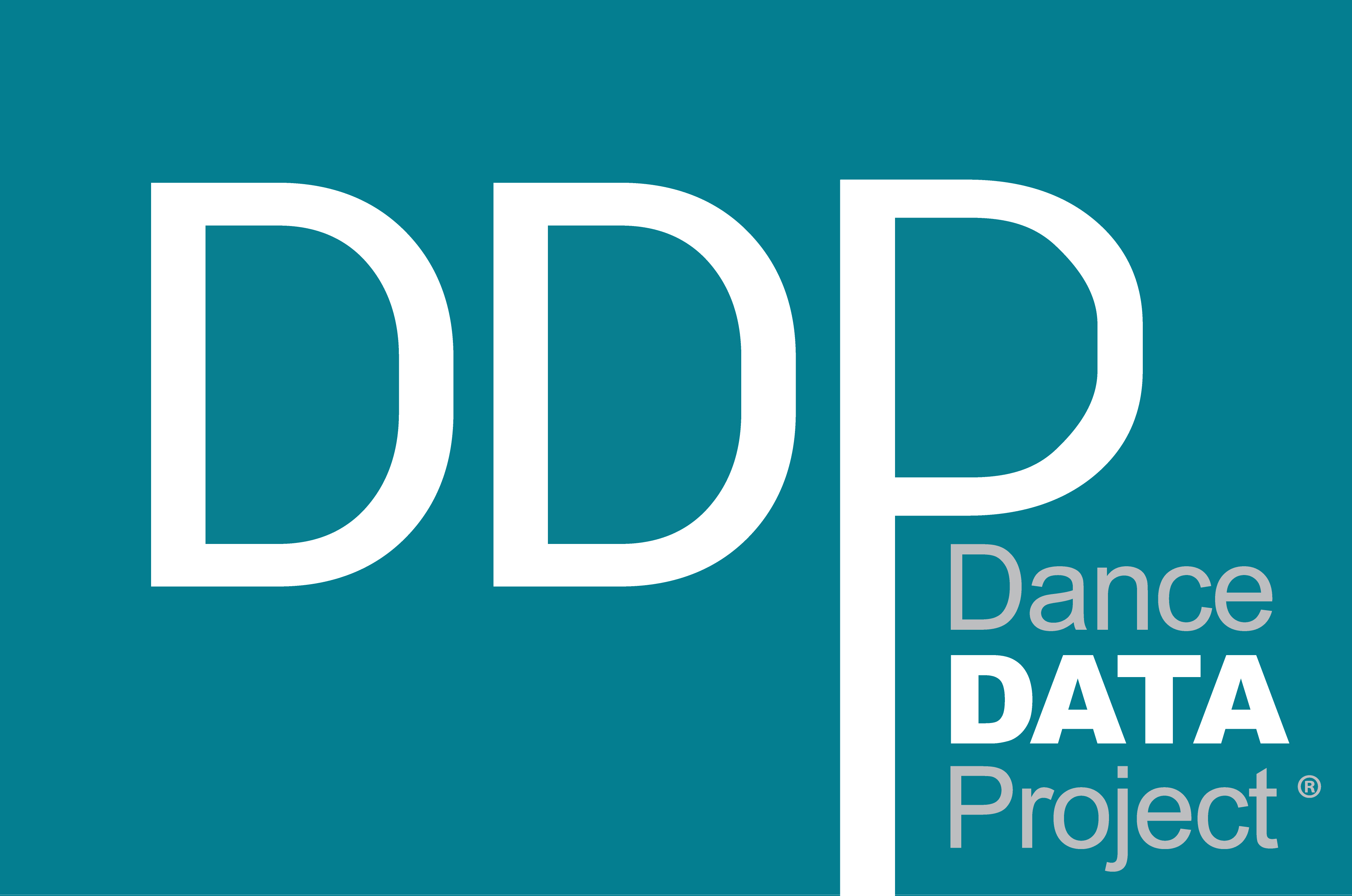Dance Magazine: Why Do Mixed-Rep Companies Still Rely on Ballet for Company Class?
"The Devil Ties My Tongue" by Amy Seiwert performed for the SKETCH Series, 2013. Photo by David DeSilva. Courtesy of Amy Seiwert's Imagery
April 30th: South Arts: Professional Development & Artistic Planning Grants, April 30th: South Arts: Express Grants, May 6th: Doris Duke Foundation Grant, May 7th: South Arts Individual Artist Career Opportunity Grant, May 27th: Dancemakers Residency, June 1st: Miami DanceMakers
×
"The Devil Ties My Tongue" by Amy Seiwert performed for the SKETCH Series, 2013. Photo by David DeSilva. Courtesy of Amy Seiwert's Imagery
By Zachary Whittenburg
21 September 2020
In a single performance by a mixed-rep company, you might see its shape-shifting dancers performing barefoot, in sneakers and in heels. While such a group may have “ballet” in its name and even a rack of tutus in storage, its current relationship to the art form can be tenuous at best. That disconnect grows wider every year as contemporary choreographers look beyond ballet—if not beyond white Western forms entirely—in search of new inspiration and foundational techniques.
Yet dancers at almost all of the world’s leading mixed-rep ensembles take ballet classes before rehearsals and shows. Most companies rarely depart from ballet more than twice a week and some never offer alternative classes.
“The question, ‘Why do you take ballet class to prepare you for repertory which is not strictly classical?’ has been in the air since Diaghilev’s time,” says Peter Lewton-Brain, Monaco-based president of the International Association for Dance Medicine & Science. “What you’re doing onstage is often not what you’re doing in class.”
Thanks to campaigns for greater cultural and racial equity in the arts, many inspired or strengthened by Black Lives Matter, there’s more self-awareness today among those who might’ve once proudly declared that ballet is “the foundation of all dance.”
That’s a fallacy, but it rests on assumptions that remain in circulation, says Los Angeles–based Jermaine Spivey, staging artist for Crystal Pite and a regular performer with Kidd Pivot. “It’s centered around a white person’s idea of the world—a white person’s idea of abstract, a white person’s idea of conceptualism or expressionism, and then everything else is ‘included.’ We’re ‘diversifying,’ but we’re still based on the same principles as before. Everyone has to get comfortable with decentralizing whiteness and then ballet will fall where it needs to fall.”
Read the full Dance Magazine article here.
Reach out to us to learn more about our mission.
"The Devil Ties My Tongue" by Amy Seiwert performed for the SKETCH Series, 2013. Photo by David DeSilva. Courtesy of Amy Seiwert's Imagery

 Broadway World: ABT to Present World Premieres by Gemma Bond, Darrell Grand...
Broadway World: ABT to Present World Premieres by Gemma Bond, Darrell Grand...
Leave a Reply
Want to join the discussion?Feel free to contribute!